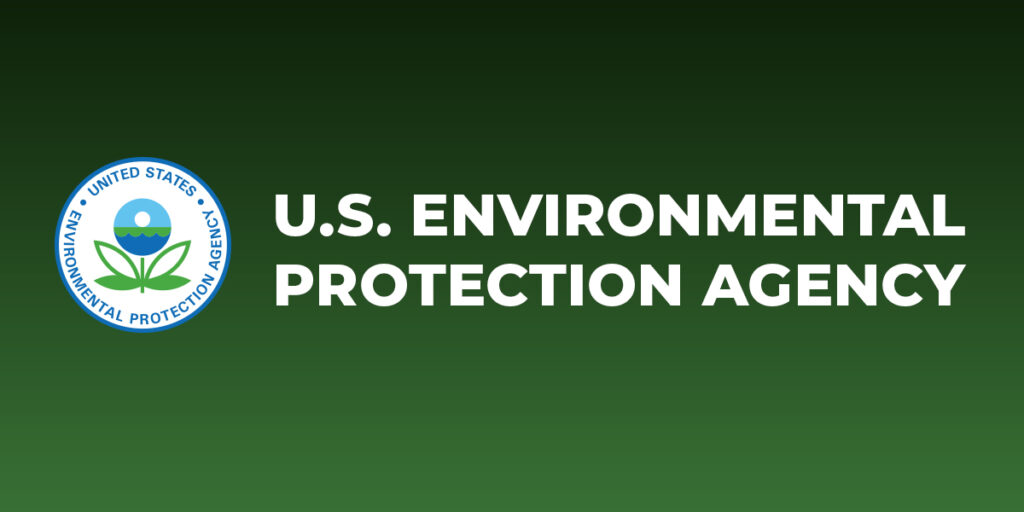 (AGENPARL) - Roma, 1 Novembre 2024
(AGENPARL) - Roma, 1 Novembre 2024(AGENPARL) – ven 01 novembre 2024 Issued: Nov 1, 2024 (11:00am EDT)
If you wish to unsubscribe please do so
here: http://url6130.epa.mediaroom.com/ls/click?upn=u001.iqz6hAvLdUl-2FaSixKUG3iyFJBsxNAroAZOQ1BID8fKIiLAUfJX2sQlhu1tzKAOIu-2BU84uzAzSpWvmWyHnsNJDRYXWx5dlMz75Zp9ch-2BQlG6mQHPYjReZhS13hvd5qOopvnSz_-2B0Ok6Af7hyz7Kqg6CR74pYblAA1WjrUjKSJUAiv3NOub0DC4O7JPWGxIlQ7kBB-2FSipXNuP8Lyy0gi6TMG1B8tV2yLvXQO-2F3-2BCLrsfO8A-2Bp9KNoMFtXRUq2uN8Tnmty9SoXvoqjOnrSVw603PDmpGAwuzeBEmJx8FdIPK-2Bhwyfn7n99-2BDqnTFDNObcfa2sEWL4kQ3VWPuXXJnHxR3oAnL8d6ElM3FXPd6bY1Dcl5mfVRtHCnzXtKTMrUkKib3ESig
EPA Updates Ventilation Guidance to Prevent the Spread of Respiratory Viruses
at Home, School, and Work
WASHINGTON (November 1, 2024) – The U.S. Environmental Protection Agency
has released updated guidance on indoor air quality strategies for preventing
the spread of common respiratory viruses in homes, schools, offices, and
commercial buildings. EPA’s updated guidance reflects the latest science on
indoor air quality strategies and recent ventilation recommendations from the
Centers for Disease Control and Prevention.
“This updated guidance will be a valuable tool in protecting against the
spread of common airborne respiratory viruses indoors, where we spend about
90% of our time,” said Joseph Goffman, Assistant Administrator for EPA’s
Office of Air and Radiation. “In addition to immunizations, handwashing, and
other key preventive measures, taking action to promote healthier indoor air
helps to prevent the spread of respiratory viruses indoors.”
The updated guidance outlines how to implement ventilation strategies, such as
opening doors and windows, as part of a multi-layered approach to prevent the
spread of respiratory viruses indoors. The approach includes filtration
improvements, such as upgrading the filter in a heating, ventilation, and air
conditioning system; using a portable air cleaner; running fans to circulate
air indoors; and operating exhaust, window, and attic fans to further reduce
the amount of virus particles in the air. This multi-layered approach also
addresses the use of air treatment technologies, administrative controls, and
cleaning and disinfection practices. The updated guidance also outlines
specific strategies and considerations for public indoor spaces, such as
schools, offices, and commercial buildings.
View EPA’s updated guidance and learn more:
Ventilation and Respiratory Viruses
Preventing the Spread of Respiratory Viruses in Public Indoor Spaces
Background
Most people are aware that outdoor air pollution can impact their health, but
indoor air pollution can also have significant and harmful health effects.
Indoor Air Quality refers to the air quality within and around buildings and
structures, especially as it relates to the health and comfort of building
occupants. Indoor air quality affects everyone, especially the most
vulnerable, including children, the elderly, and people with health conditions
like asthma and heart disease.
Understanding and controlling common pollutants indoors can help reduce your
risk of indoor health concerns. Health effects from indoor air pollutants may
be experienced soon after exposure or, possibly, years later. Indoor pollution
sources that release gases or particles into the air are the primary cause of
indoor air quality problems. Inadequate ventilation can increase indoor
pollutant levels by not bringing in enough outdoor air to dilute emissions
from indoor sources and not carrying indoor air pollutants out of the area.
Respiratory viruses can spread more easily indoors than outdoors since the
viral concentration can build up indoors and people are closer to each other.
Each year, respiratory viruses are responsible for millions of illnesses and
thousands of hospitalizations and deaths in the United States. In addition to
the virus that causes COVID-19, there are many other types of airborne
respiratory viruses, including influenza (flu) and respiratory syncytial virus
(RSV), that can spread more easily indoors than outdoors.
Ventilation and filtration are important components of a multilayered approach
for reducing the spread of respiratory viruses indoors. Increasing the amount
of outdoor air coming indoors is one of the most important ways to reduce the
likelihood that viruses are spread. When it is challenging to enhance the
ventilation to a space, consider cleaning or treating the air to reduce virus
particles – through filters in your heating, ventilation and air
conditioning system or using portable air cleaning devices. On their own,
these individual IAQ strategies are not likely to be sufficient for preventing
the spread of respiratory viruses indoors, making it essential to implement
each of them in conjunction with other core preventive actions for respiratory
viruses recommended by the Centers for Disease Control and Prevention.
To unsubscribe or change your settings click here:
http://url6130.epa.mediaroom.com/ls/click?upn=u001.iqz6hAvLdUl-2FaSixKUG3iyFJBsxNAroAZOQ1BID8fKKhIILjisBDEktm3-2BIos9X6LgckO4e9-2F0z6HnGIidC8KoWWBLuk5aDS6miGYbNO5XiirqVkM5J0XMGRA1cLdHMGQVCIonGMOTvruftfoN0-2F4g-3D-3DM1mg_-2B0Ok6Af7hyz7Kqg6CR74pYblAA1WjrUjKSJUAiv3NOub0DC4O7JPWGxIlQ7kBB-2FSipXNuP8Lyy0gi6TMG1B8tV2yLvXQO-2F3-2BCLrsfO8A-2Bp8-2F2dHaMykFvonnEDoDiEkkQ9LZJgkcEECvvmVvnatBcBCpREWaMJXDUmgIWvuIrOG2gdoXz0hoYqOijqUNwJ4hDBHkpDCCudXRjDqE6I19sLcctMDLJkz1XBlMhJr9fsOqFuRJNyAQYChwGX-2F59TIQ

